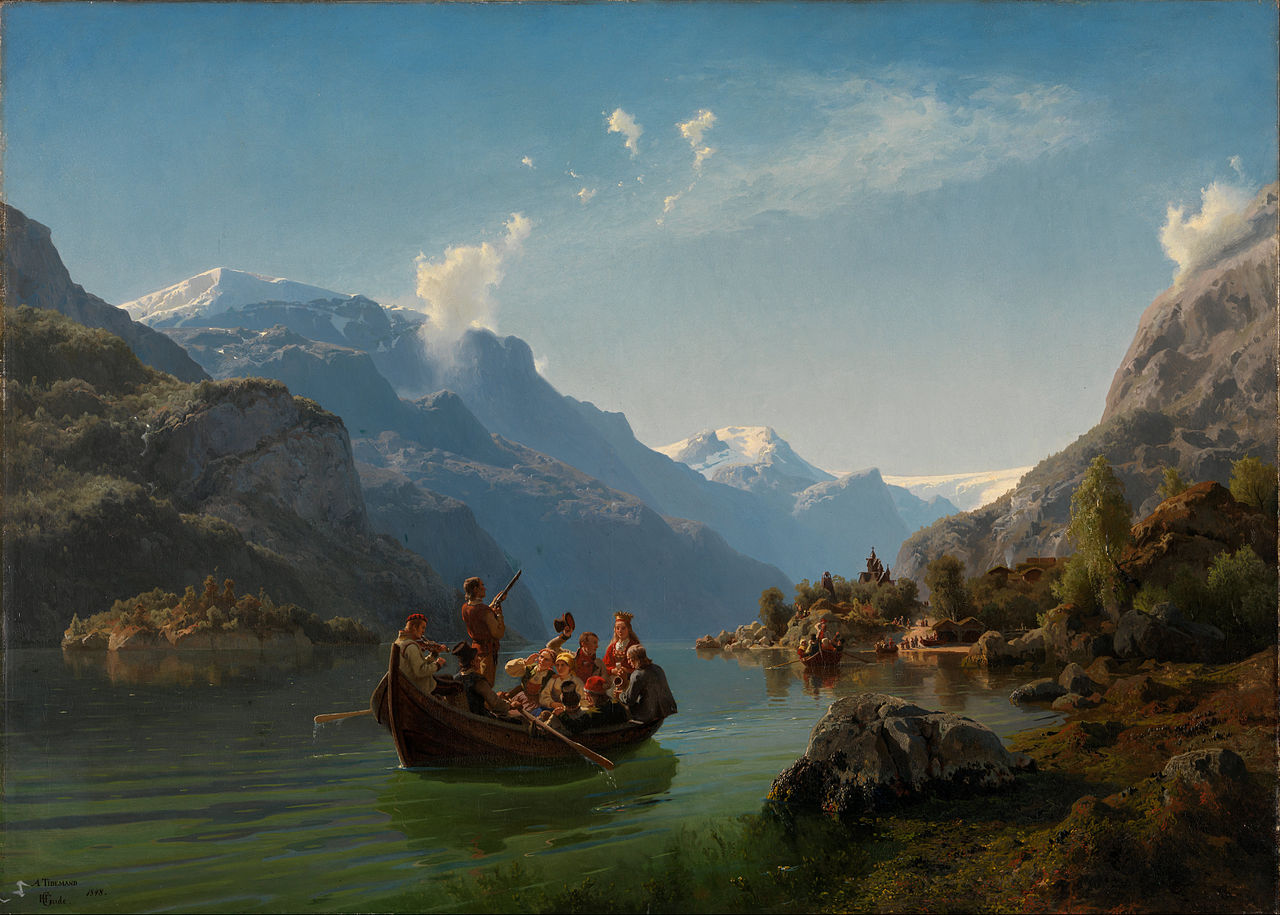The role of nature in the Nordic countries
With a low population density in all Nordic countries barring Denmark, nature has taken on a central feature of everyday life for many in the region. It has also played a role in the formation of national identity reflected in art and the ideal of being outdoors.

Denmark apart, the Nordic countries can be said to contain an enormous amount of nature and, by implication, few people. The average population density of Sweden, Finland and Norway lies between 13 (Norway) and 19 (Sweden) per square kilometer, while Denmark’s figure is 125. Largely uninhabitable, Iceland’s population density is a mere 2.9 per square kilometer, whereas the even more barren island of Greenland has a population density of 0.13 per square kilometer, one of the lowest in the world.
It thus goes without saying that nature is a central feature of most of the Nordic countries. Very diverse, it ranges from tundra in the far north to the mountainous central Scandinavian peninsula, the massive coniferous forest belt of Siberian provenance, stretching across the peninsula and Finland, as well as fjords and marshlands. The place of nature in national identity and everyday life also varies, and it is especially in Norway that nature plays a central part in public awareness, practices and national ideology. The pastoral element in Norwegian national identity is strong, and the national romanticism of the 19th century emphasised the purity and incorruptibility of the majestic Norwegian nature as a source of truth and existential well-being. Many modern Norwegians spend much of their free time in nature, and the good life is culturally associated with proximity to nature and an ‘active lifestyle’.
Scandinavian mountains, forests and fjords have served as a source of inspiration to many artists, both domestic and foreign. Many have been struck by the extraordinary effects often created by the unusual northern light in combination with dramatic scenery. However, nature serves foremost as a backdrop and an ideal, a place to retreat to and a repository of purity and peace to millions of Scandinavians.
Further reading:
- Nina Witoszek, Norske naturmytologier fra Edda til økofilosofi [Norwegian nature mythology from Edda to ecophilosophy] (Oslo: Pax, 1998).